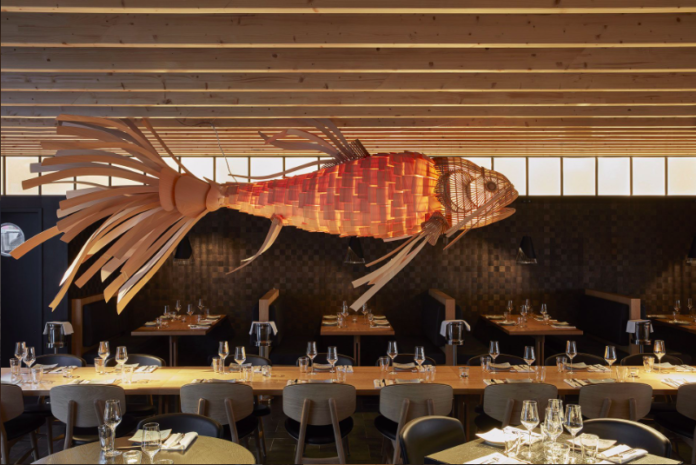Travel: Mark Browne visits Bavaria’s capital to experience another side of this modern cosmopolitan city.
Munich, a city that is renowned worldwide for its famous annual Octoberfest, may have fallen victim to being typecast from a visitor’s perspective due to the festival’s
popularity and international reputation. Its global success means that tourism in Munich
inevitably conjures up initial images of traditional lederhosen and dirndl costumes, steins of beer and oompah brass bands!
Culture: The capital of the southern German state, and former kingdom of Bavaria, Munich is a cultural apex which spoils visitors with a choice of over 80 museums and galleries, as well as theatres and opera. Museums range from traditional sites such as the Residenz, former home to the city’s rulers, the Bavarian National Museum or the Bavarian State Archaeological Centre to options celebrating more recent technological advances.
The Deutsches Museum is one of the largest museums of technology in the world and displays over 17,000 artefacts. The museum illustrates the development of each scientific discipline through a combination of static exhibits along with demonstrations and experiments. Highlights include rare early jet planes. Speaking of engines, the BMW Museum, which is located in an iconic modern building that is in itself worth a view, hosts a fascinating series of exhibits that are of interest well beyond the narrow scope of car enthusiasts. It includes examples of BMW’s first vehicles all the way through to the contemporary fleet, including the motorcycles and race cars also produced. It also demonstrates modern production methods and gives insights into potential future transport technological developments.
All eras and branches of the art scene are catered to and indeed the city even boasts its own art district, the Kunstareal. Interesting artistic options for visitors include
the Glyptothek: Munich’s Ancient Sculpture Gallery, the Old Picture Gallery (Alte Pinakothek), one of the world’s largest such facilities with an enviable collection which displays works dating from the 14th century or the Schack Gallery (Sammlung
Schack), which primarily displays the development of German art throughout the 19th century.
For those with an interest in more modern art, the Pinakothek der Moderne houses Germany’s largest museum for modern art and is located in an imposing modern building right in the centre of the Kunstareal. Another option is the Museum Brandhorst, a relatively recent addition to the city’s cultural scene, having only opened in 2009. It houses an impressive collection of modern art. Highlights include works by Andy Warhol, Cy Twombly and Damien Hirst.
The National Theatre, an impressive neo- classical building which is the largest opera house in Germany, plays host to the Bavarian State opera and State Ballet companies. It is open for guided tours daily so visitors can see backstage and get a glimpse into the life of the all those working on the productions, as well as attending events there. The Munich opera festival takes place from the end of June and throughout July and this year will feature not only traditional renowned works, such as La Traviata, but also premieres of a range of contemporary works.
Shopping: A bustling metropolis of almost 1.5 million people, Munich is in fact the centre of a hinterland with a population four times that number. Not surprisingly then it hosts some fantastic shopping options. The central pedestrian area around the Rathaus and iconic squares such as Marienplatz are lined with department stores and offer a vast selection amidst the splendours of the old city.
Designer fashion and couture stores can be found on nearby Maximilianstrasse, which also hosts the Bavarian State Opera. However for those looking for something trendier and more unusual the Glockenbachviert area around Gärtnerplatz may be of greater interest. Boutique designer stores and local creative talent make shopping here a more unique and contemporary Munich experience.







